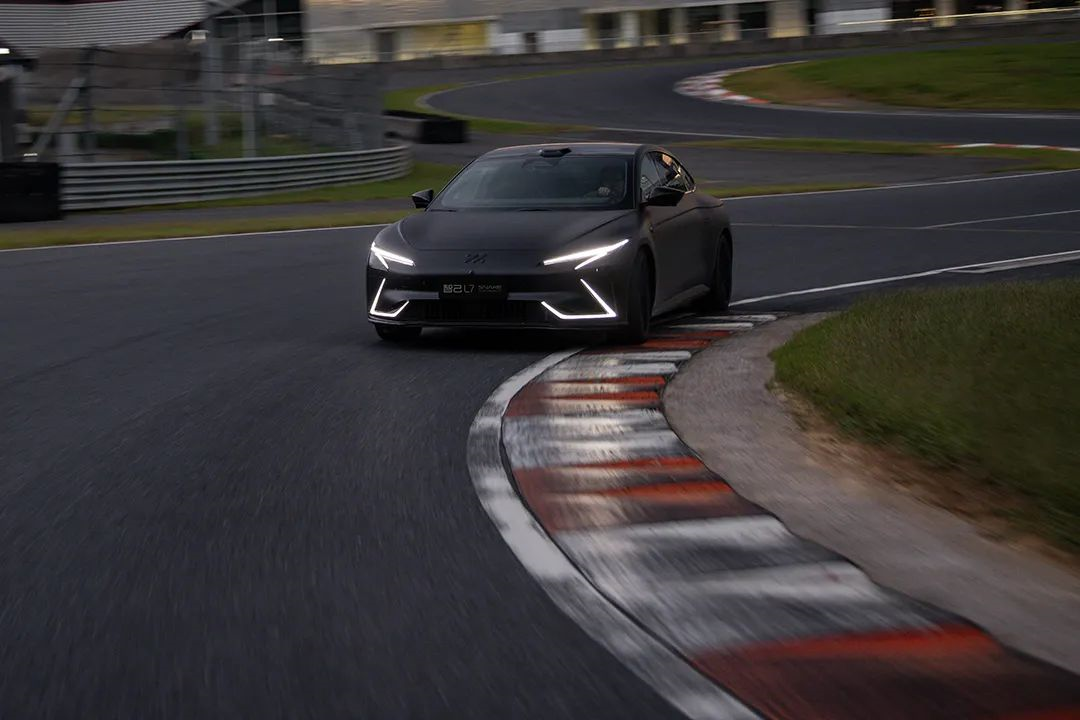Author: Rao Weihao
Just as we were about to warm up our seats, Audi knocked us off the champion throne.
A few days ago, the news of the release of the IM L7 Snake Performance high-performance version caused a stir in the entire industry. An independently-branded high-end electric car with a price tag of 478,800-578,800 yuan and a narrow audience, it shouldn’t have caused much of a wave. The probability that you, the reader of this article, have heard of this tongue-twisting new car maker is very low. So what sets it apart?
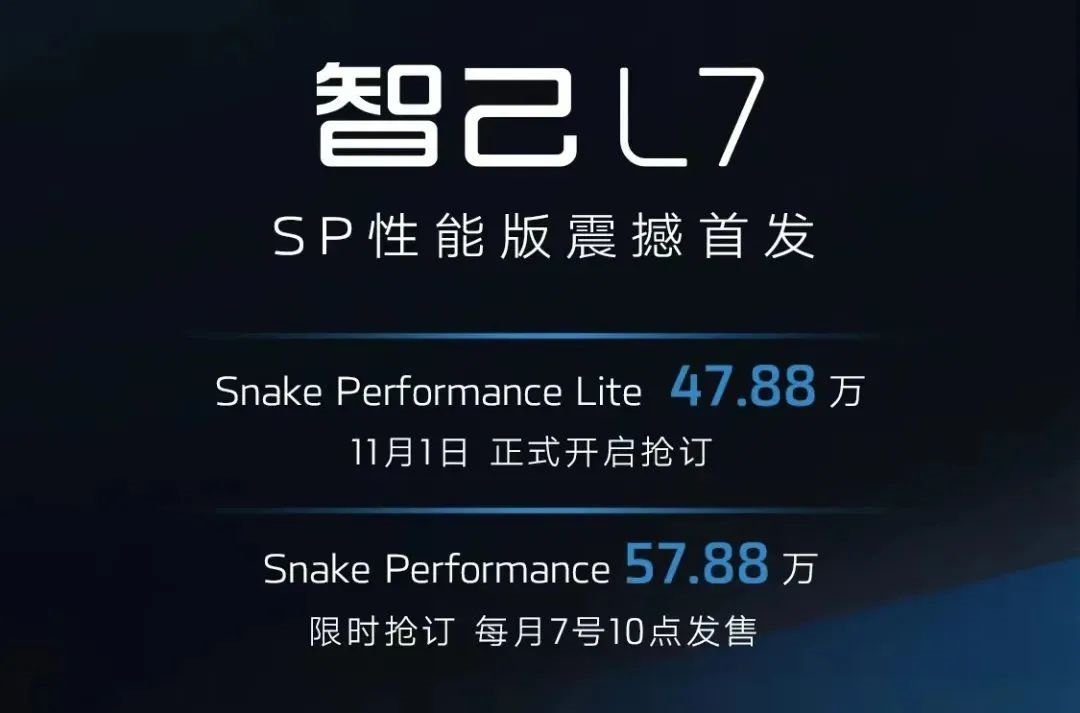
The racetrack is the best testing ground for a car’s performance, and the Zhejiang International Circuit in Shaoxing, Zhejiang Province is currently one of the top tracks in China. Winning the “Fastest Mass-Produced Electric Car” title at the Zhejiang Circuit is the best advertisement for the new car, and the entire IM brand.
 1 minute and 42 seconds and 212 milliseconds, that’s the final score submitted by IM L7 Snake Performance high-performance version. With its own strength, it successfully defeated Mercedes-AMG EQS 53 4MATIC+ (1 minute 43 seconds and 975 milliseconds) and Porsche Taycan Turbo S (1 minute 44 seconds and 406 milliseconds), two high-performance pure electric vehicles from German brands with a price of over 1.7 million yuan, and won the title of “the fastest production electric vehicle in Zhejiang Race”. “Winning against the strong with the weak”, “surpassing the superior”, “Chinese domestic brands defeating foreign luxury brands” have always been popular events. Such good news will certainly be widely reported by major media, and IM has indeed played an excellent advertising campaign for free.
1 minute and 42 seconds and 212 milliseconds, that’s the final score submitted by IM L7 Snake Performance high-performance version. With its own strength, it successfully defeated Mercedes-AMG EQS 53 4MATIC+ (1 minute 43 seconds and 975 milliseconds) and Porsche Taycan Turbo S (1 minute 44 seconds and 406 milliseconds), two high-performance pure electric vehicles from German brands with a price of over 1.7 million yuan, and won the title of “the fastest production electric vehicle in Zhejiang Race”. “Winning against the strong with the weak”, “surpassing the superior”, “Chinese domestic brands defeating foreign luxury brands” have always been popular events. Such good news will certainly be widely reported by major media, and IM has indeed played an excellent advertising campaign for free.
First, let’s briefly introduce IM Automotive. This new car-making force, established at the end of 2020, has a strong background as it is an automotive technology start-up company jointly invested and built by SAIC, Zhangjiang Hi-Tech and Alibaba Group. The reason why IM Automotive can deliver its first product in a short time and directly compete in the high-end new energy vehicle market (L7 priced at 368,800-578,800 yuan) is directly related to the strong backing of SAIC.When IM’s smart plan was about to come to fruition, things took an unexpected turn. Just two days after IM declared himself king, Audi announced that its high-performance electric vehicle, the RS e-tron GT, had broken the record for “fastest production electric vehicle in Zhejiang” with a time of 1 minute 41.693 seconds. IM’s L7 Snake Performance hadn’t even had time to warm up its rear end before it was kicked off the championship pedestal by Audi.
What’s even more interesting is that the scorecard officially released by Zhejiang Racing shows that the high-performance version of IM’s L7 Snake Performance used Michelin’s CUP 2R K-calibrated semi-slick tires (with a front tire width of 255mm and a rear tire width of 305mm). These are among the highest-performing semi-slick tires that can be used on public roads, with the “K” signifying that they are a model customized by Michelin for Ferrari. The tire width is also at the level of a supercar, making this set of tires one that is top-of-the-line both in terms of performance and price.As we all know, tires are the only parts of the car that come into contact with the ground, and the performance of the car must be realized through them. The specifications, models, and even the different degrees of wear of the tires have a huge impact on the lap time of the track. Better tires can allow drivers to brake later, take more ideal racing lines, and achieve faster cornering speeds, etc. Replacing the tires of the same car with different levels can make a big difference in lap time. Therefore, in the spirit of fairness and justice, the tire model used for brushing laps by the car will be marked on the Zhejiang Circuit lap time leaderboard.

On the other hand, looking at the Mercedes-Benz AMG EQS 53 4MATIC+ and the Porsche Taycan Turbo S, which were “defeated” by IM, they respectively use the Michelin PS EV and Michelin PS4S / Goodyear EAGLE F1 performance street tires that consider both everyday comfort and durability. The difference in grip between them and Michelin CUP 2R K can be described as night and day. The success of L7 Snake Performance in winning the championship relies heavily on these four top-of-the-line tires. And the Audi RS e-tron GT, which set a new record two days later, uses Michelin CUP 2, which is one level lower than CUP 2R K. Moreover, this is achieved on a semi-wet road. If the conditions are the same, I believe the result of the RS e-tron GT will be much faster than the IM L7 Snake Performance.
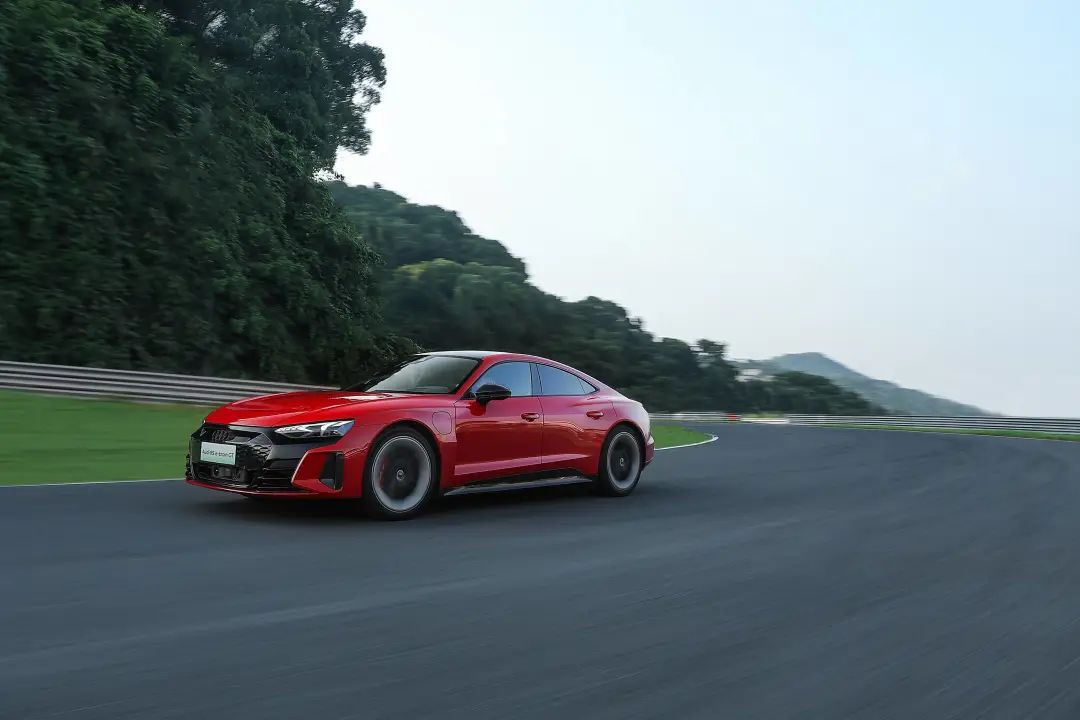 So what is the difference between the L7 Snake Performance and the RS e-tron GT?
So what is the difference between the L7 Snake Performance and the RS e-tron GT?
In terms of power output, the L7 Snake Performance strengthens the motor cooling system based on the regular version of the L7, which increases the maximum power to 445kW (605 horsepower), which is 20kW more than the regular version, and the torque slightly increases from 725N·m to 730N·m. Its official 0-100km/h acceleration is 3.7 seconds.

Similarly, the Audi RS e-tron GT adopts a dual-motor configuration at the front and rear, which can output a maximum power of 475kW (646 horsepower) and a maximum torque of 830N·m, and its official 0-100km/h acceleration is 3.3 seconds.
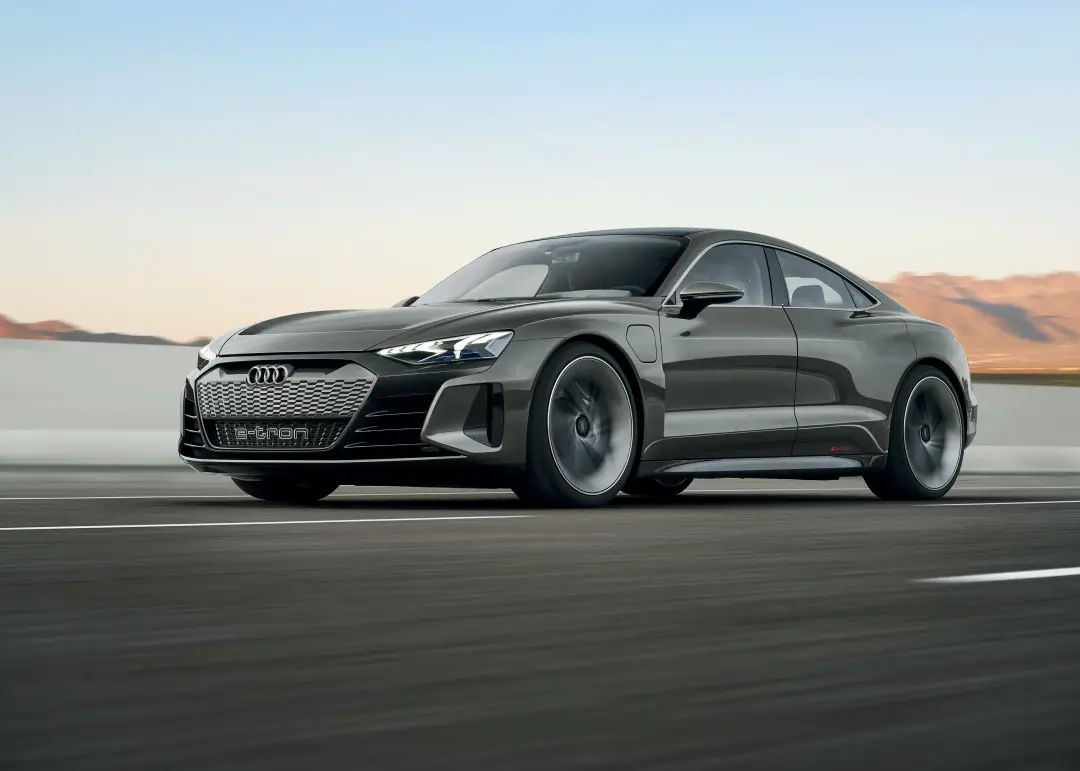
From the data point of view, the difference between the two cars is not really significant. Audi can beat NIO ES6 Plus even with weaker tires and a more slippery road surface, mainly due to its leading chassis design and performance tuning. These system engineering efforts are not easily “seen”, but they are the truly leading factors of traditional automakers, as well as the direction that Chinese intelligent electric vehicle brands, including NIO, need to strive for.
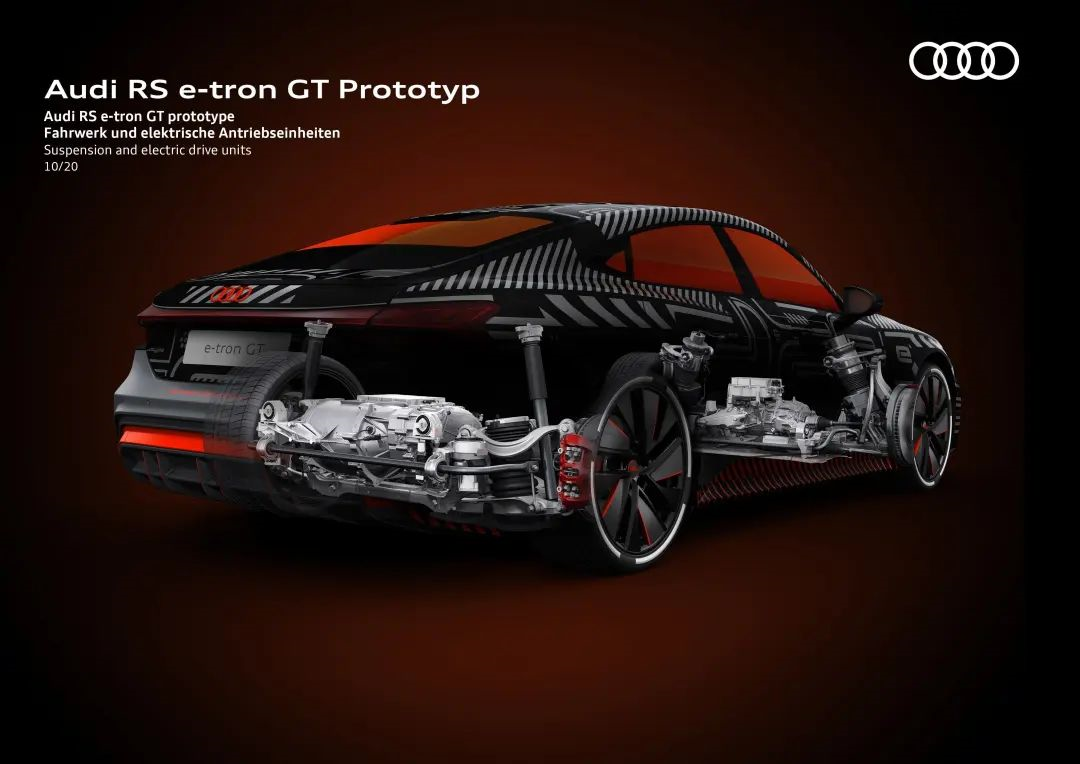 However, is it really that simple? After studying the official configuration list of L7 Snake Performance, I discovered a hint – L7’s outstanding performance comes from the crazy “stuffing” that focuses only on lap times.
However, is it really that simple? After studying the official configuration list of L7 Snake Performance, I discovered a hint – L7’s outstanding performance comes from the crazy “stuffing” that focuses only on lap times.

In addition to the top-of-the-line tires and minor upgrades in power data, L7 Snake Performance is also equipped with the hall-level Ohlins racing suspension (45mm lowering), rear LSD mechanical limited-slip differential, Brembo 6-piston/4-piston racing brake calipers and large-size floating ventilated brake discs, hall-level Endless racing brake pads, 20-inch forged lightweight wheels, Snake track master driving mode, and IM Motorsport and WAE’s joint track-level calibration.
 From a modified standpoint, the 578,800 yuan L7 Snake Performance is a version designed solely for track racing, with a large number of race-spec “ingredients” that completely disregard the experience of street driving. It’s important to note that using a “track baby” on the road would be disastrous. No one would want to drive a new energy vehicle every day that has almost no shock absorption, noisy brakes, and requires new tires after only a few thousand kilometers. Porsche’s Taycan Turbo S, Mercedes-Benz’s AMG EQS 53 4MATIC+, and Audi’s RS e-tron GT are all designed to achieve faster lap times while ensuring a daily driving experience, which is the fundamental meaning of “lapping” mass-produced cars. The existence of the L7 Snake Performance is merely to serve as a storefront, and I personally doubt that this track-exclusive car will ever be produced.
From a modified standpoint, the 578,800 yuan L7 Snake Performance is a version designed solely for track racing, with a large number of race-spec “ingredients” that completely disregard the experience of street driving. It’s important to note that using a “track baby” on the road would be disastrous. No one would want to drive a new energy vehicle every day that has almost no shock absorption, noisy brakes, and requires new tires after only a few thousand kilometers. Porsche’s Taycan Turbo S, Mercedes-Benz’s AMG EQS 53 4MATIC+, and Audi’s RS e-tron GT are all designed to achieve faster lap times while ensuring a daily driving experience, which is the fundamental meaning of “lapping” mass-produced cars. The existence of the L7 Snake Performance is merely to serve as a storefront, and I personally doubt that this track-exclusive car will ever be produced.
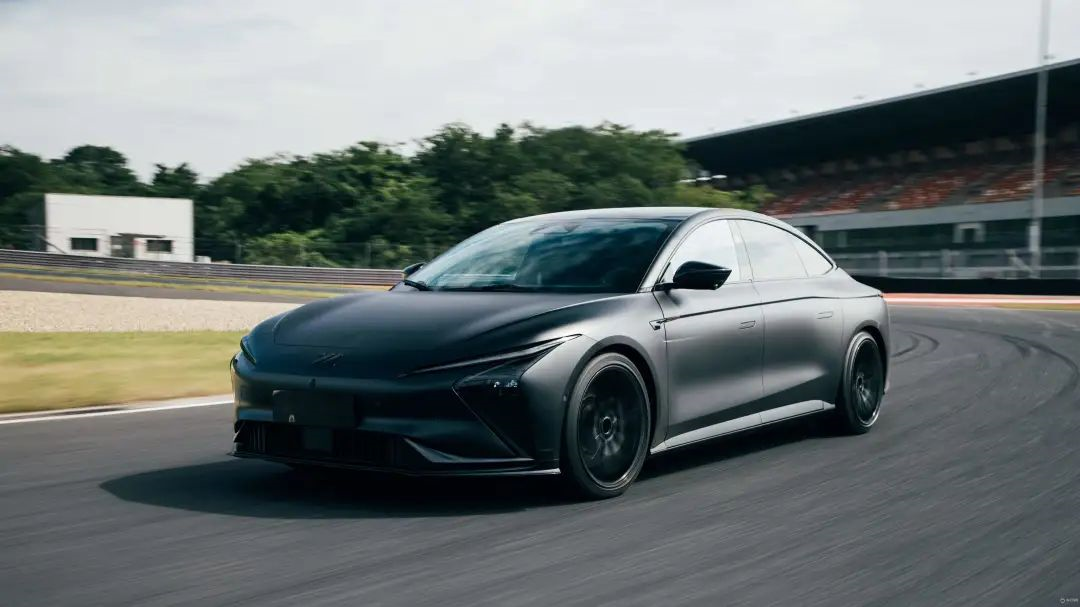
Zhi Ji naturally understood this principle, so they created the L7 Snake Performance Lite version, priced 100,000 yuan cheaper. The unreasonable racing components were removed in this youthful version. The suspension is still Ohlins, the brake pads are still Endless, but the wording on the poster was changed from “track grade” to “sporty.” Zhi Ji’s poster is quite clever, and it’s hard to spot the difference without careful comparison.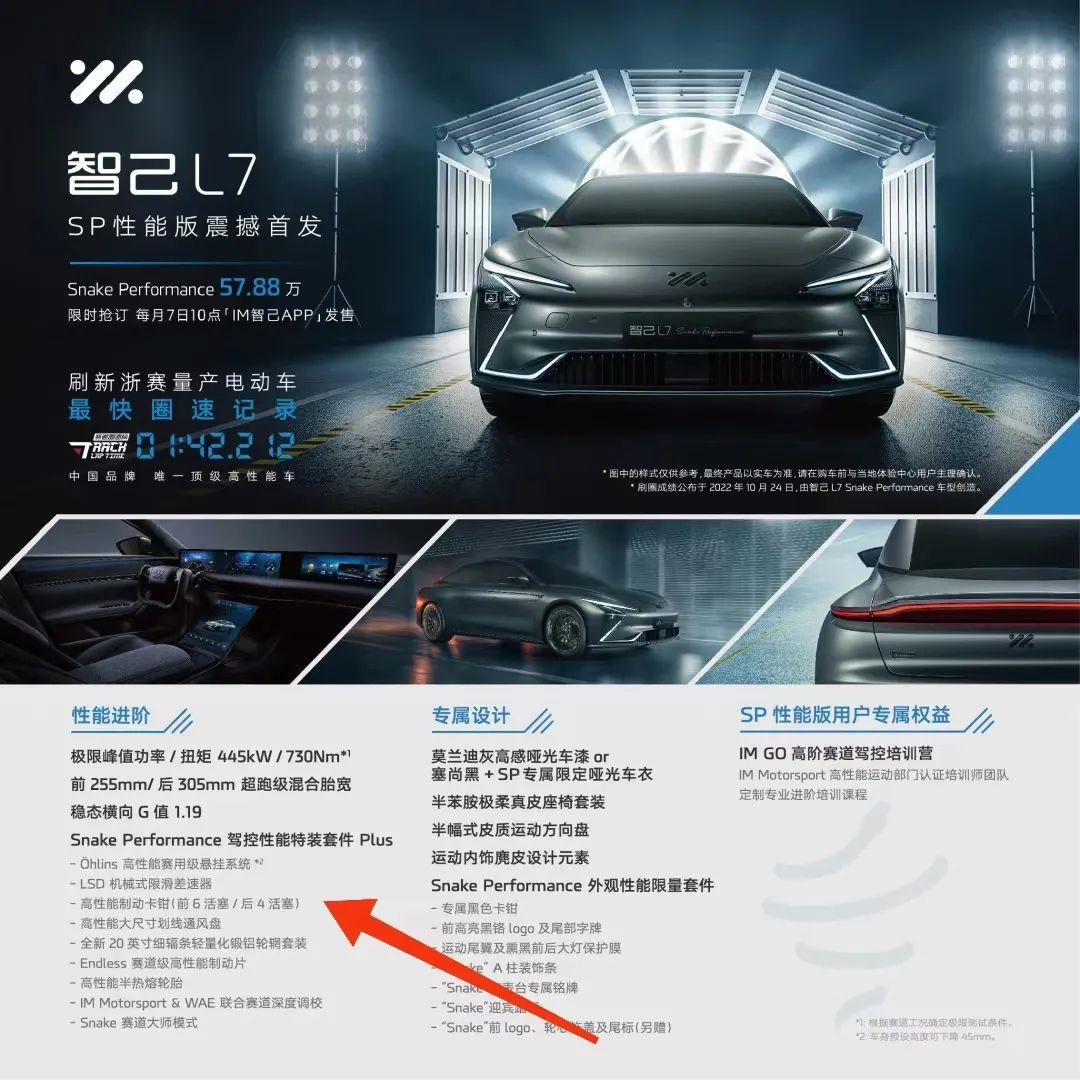

The tires have been changed to more wear-resistant and street-oriented Pirelli P ZERO tires, LSD has been removed, and the Brembo brake hardware configuration has been changed to street level. In order to adapt to the complex road conditions, the body height has also been raised accordingly** (the body height has been reduced by 30mm, which is 15mm higher than the SP version).
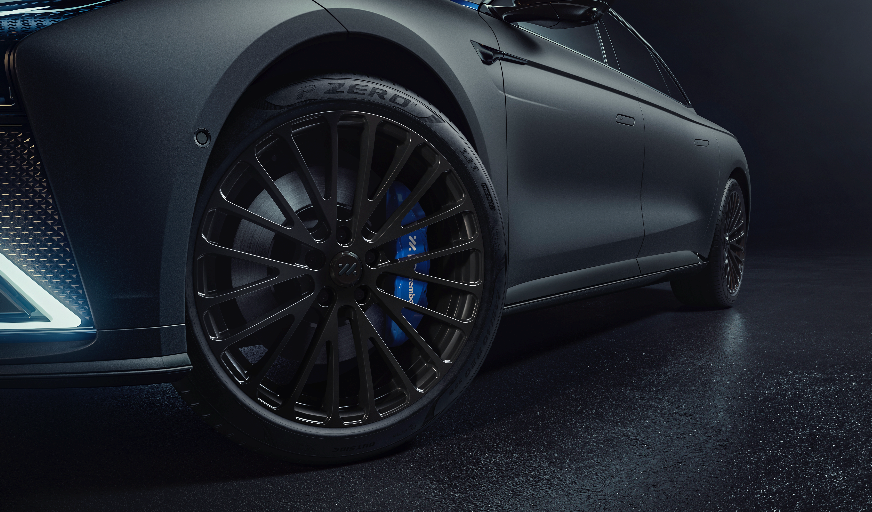
However, power, 20-inch lightweight forged wheels, black paint, and higher-grade interior materials, the semi-wrapped steering wheel, these perceptible face engineering projects are done quite well.
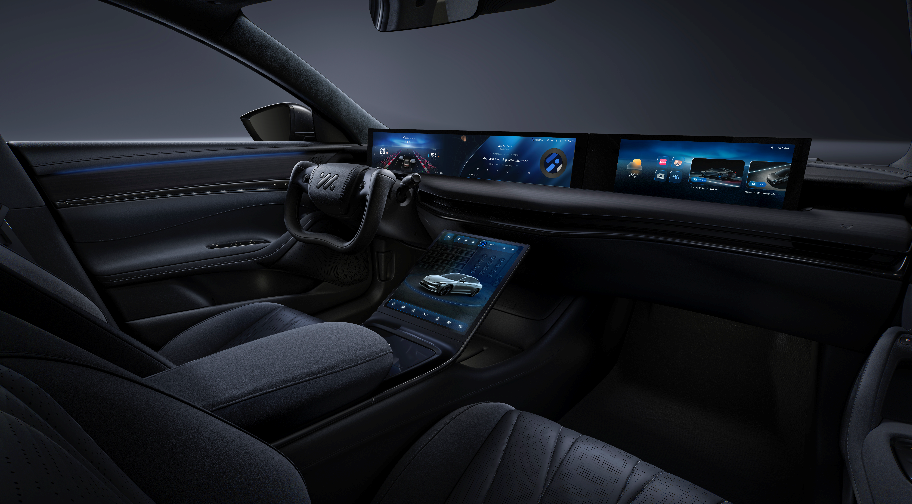
In short, the L7 Snake Performance Lite is the true performance version of the L7 that ZhiJi has brought to the market. The L7 Snake Performance that strives for lap times is only to promote and come to the market at a price is just to get the name of mass production, it is difficult to convince the public to “cheat” to beat Porsche, Mercedes-Benz. At this point, let me once again admire the profound sportsmanship of the Audi RS e-tron GT by name.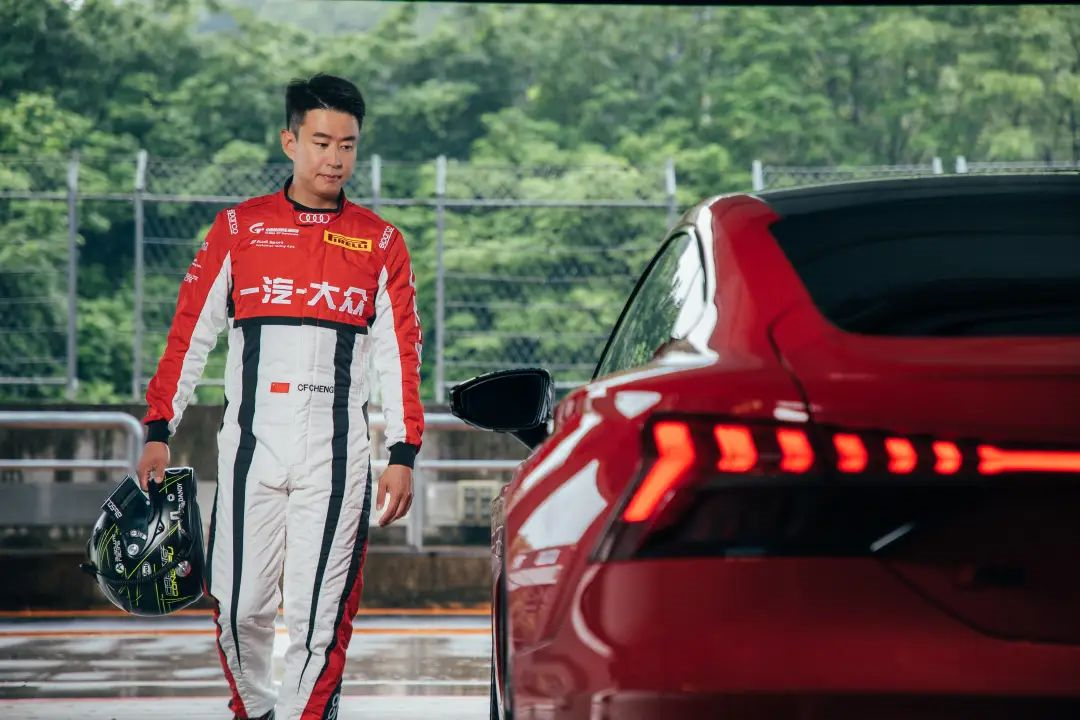
But even if we take a step back, it is a victory in itself that a “newcomer” that has been established for less than two years can be compared with and compete with the “career veterans” such as Porsche, Audi, and Mercedes-Benz, challenge the million-dollar luxury cars that cost several times as much. Although L7 Snake Performance’s challenge to the Zhejiang track speed record may have the suspicion of opportunism, I still have respect for it. On the one hand, they have the intention to make “Snake Performance” their own performance symbol, and activities like high-end race track training courses that come with buying cars, similar to BMW’s M series, are the best proof of their dedication. On the other hand, I was holding the Zhejiang track speed record list and found that L7 is the only Chinese brand car among the top 80 on the list.

The Chinese automotive culture still has a long way to go!

This article is a translation by ChatGPT of a Chinese report from 42HOW. If you have any questions about it, please email bd@42how.com.
